How “Looking” Becomes “Making” Through Techniques of Analysis
Architecture is never an accident. It is a carefully planned out scheme of patterns and styles that respond to natural surroundings, celebrate materiality, and/or are referential of stylistic movements throughout history- all a means of understanding why things are the way that they are. There are different ways to understand how to analyze architecture, through the use of diagrams, patterns, relationships, and proportions to name a few. To both architects and laypeople alike, there’s a subconscious desire for a decision-making structure in design. As a result, architecture has become an exercise in self-positioning- a microcosmic reflection of the world around us as seen in the designs we build.
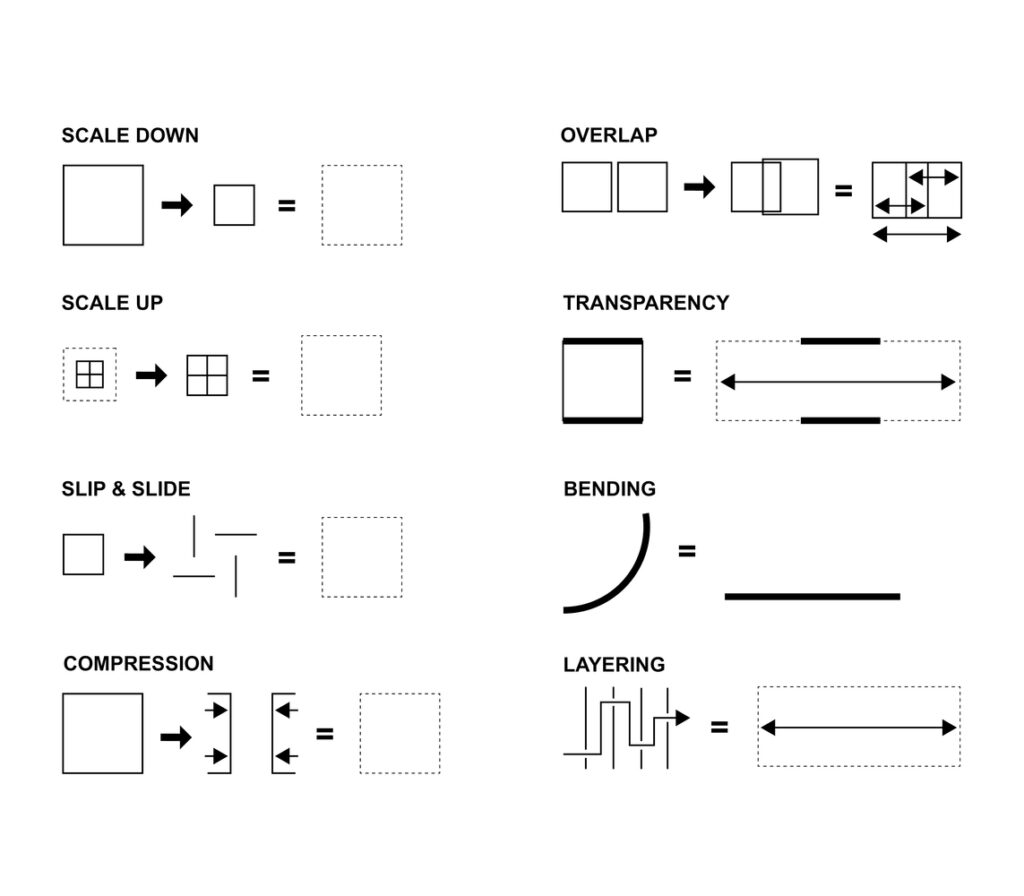
Some might say that architecture theory and the analysis of a building is some sort of “inside joke” for the trained eye that forces itself upon the average person. The intent is to examine how architects arrive at their design, without judging if people like it, or if it is successful in its experiential qualities. Much of this results in architects justifying their designs to other architects and creating philosophical and self-referential debates between one another. But the art of reading should and can be easily digested by anyone. Design is a public domain, and considering only a small percentage of the world is responsible for the creation of buildings, every person on earth is impacted by them. So where to begin? If you’re unfamiliar with the world of analyzing architecture, this brief high-level analysis of two buildings taken from excerpts of a new book titled “Architecture Stuff” is a good place to begin. The book itself provides illustrative diagrams, photographs, and an analysis that shows observations and interpretations of common architectural themes that together create a layered density of ideas, all while making the language of architectural analysis informal, legible, and most importantly, accessible to everyone.
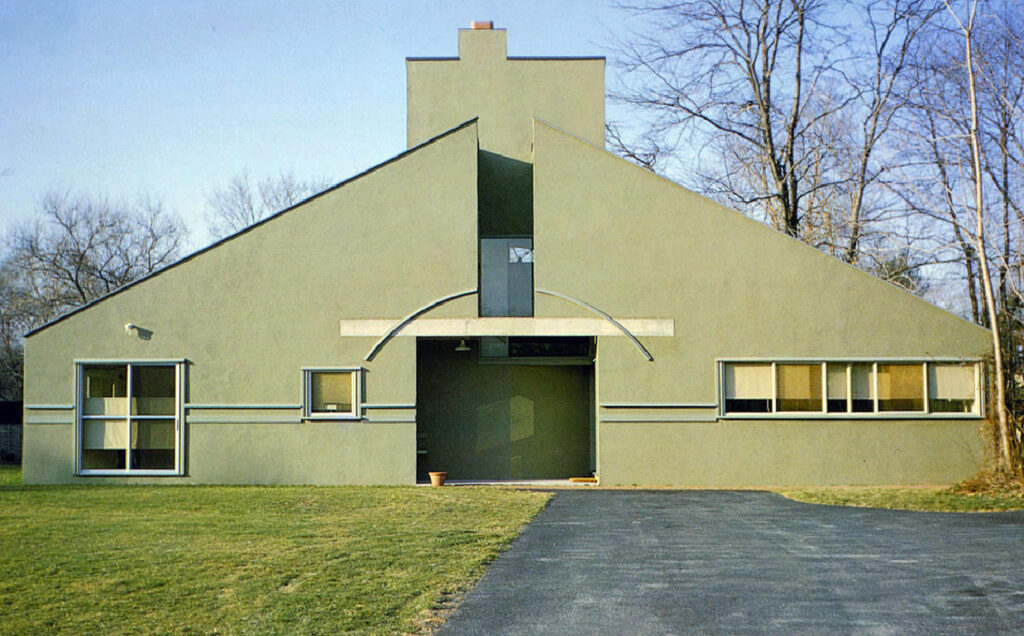
The Vanna Venturi House is one of the most well iconic homes of the postmodern era. To take a look at the front elevation of the home says much about Venturi’s design intent. It is “loaded with movement” as the exterior elements scale up and down, slide across the facade, compressing, overlapping, and creating different layers of transparency. One of the most famous characteristics of this house is the “dueling shed roofs”, perhaps a historical reference to Moretti’s Casa II Girasole. While these gestures are simple in nature, they collectively show that there was an idea to put many referential elements into a rather small elevation.
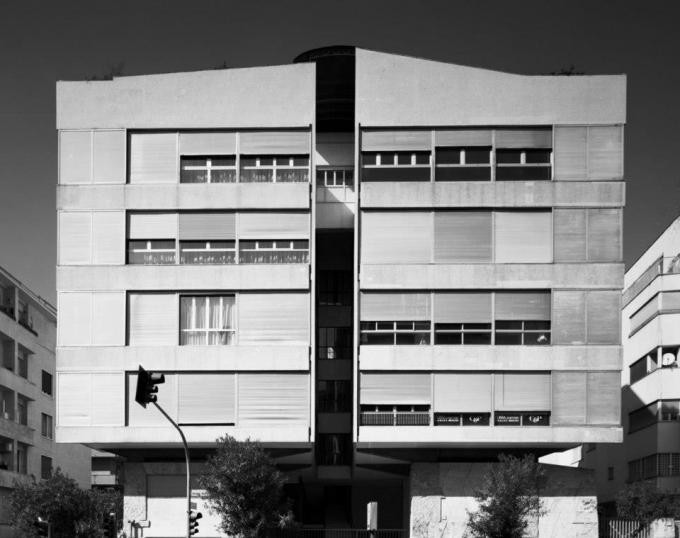
The house also appears to be a bit “squat” perhaps referencing the McKim, Mead and White Low House, and considering the double dado, It would be easy to believe that the house has been compressed with one story overlaid on another. The slight cant in the driveway also leaves little doubt that Venturi was referencing the cranked axis from the Propolea to the Parthenon.
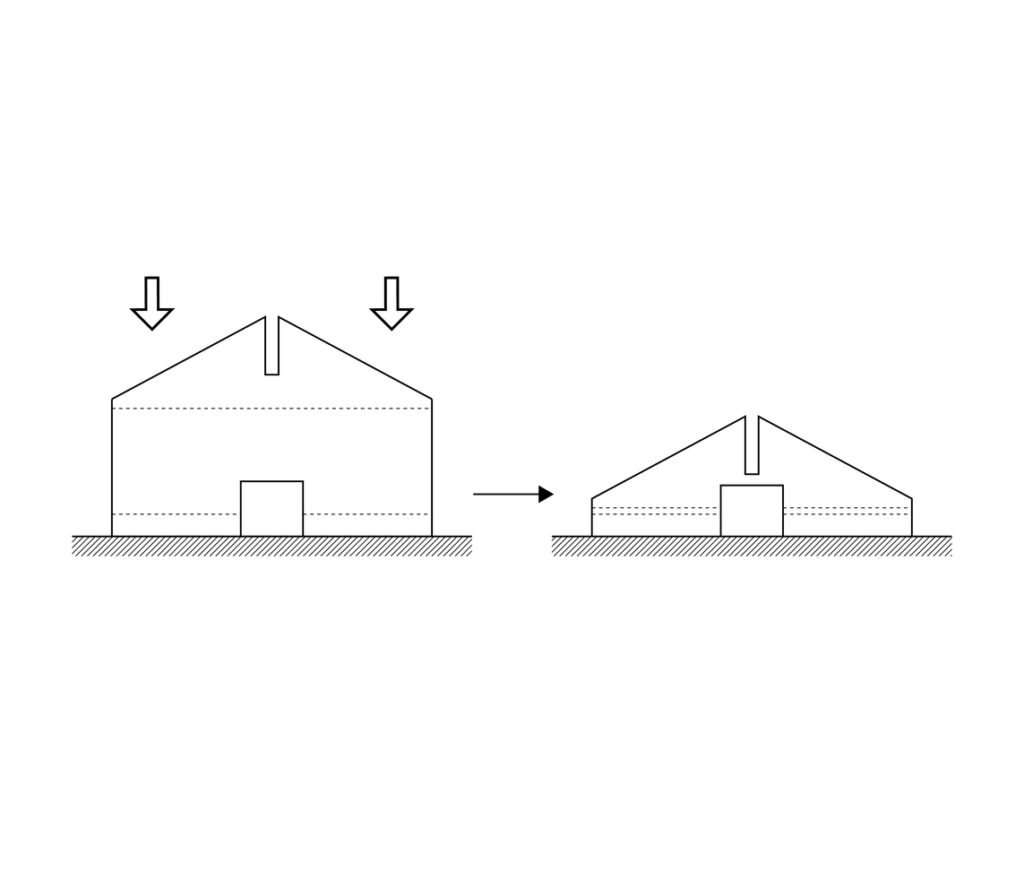
Grace Farms / SANAA
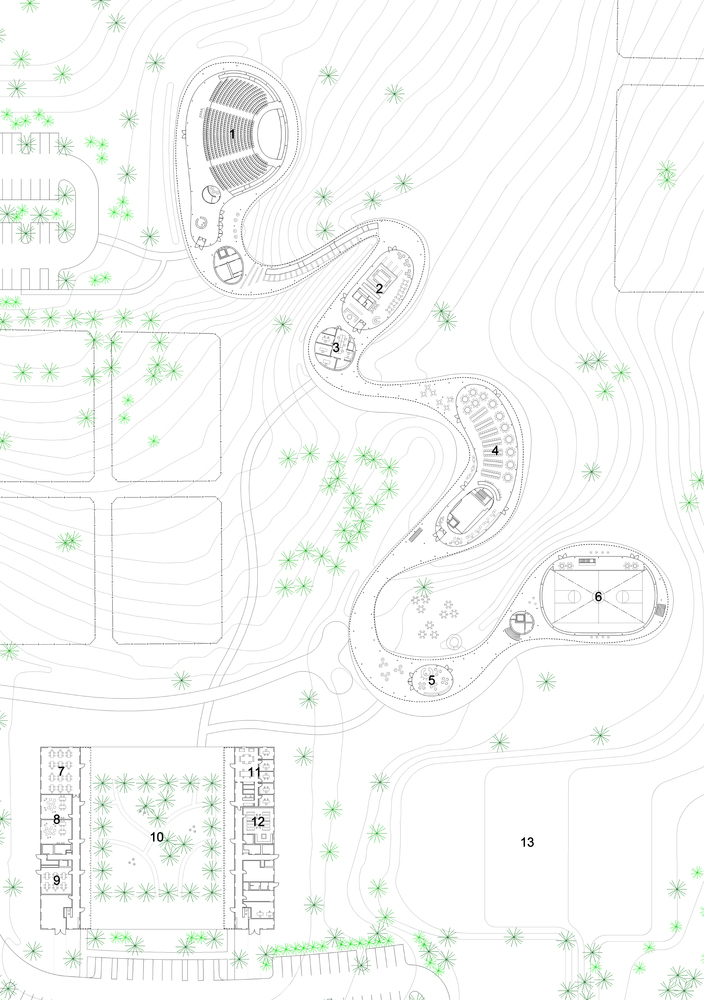
Grace Farms is a cultural community center located in New Canaan, Connecticut that focuses on the development of nature, the arts, justice, community, and faith. The main building on the site has been dubbed the “River Building” because of its reflective roof and general serpentine form. While simplistic in nature, the building itself is heavily and finely detailed and does an excellent job of integrating architecture with landscape. The slimness of architectural elements in this building is critical, as the columns are extremely thin, and the roof feels like a “wad of gum that has been stretched” to make certain areas of the canopy thin as well.
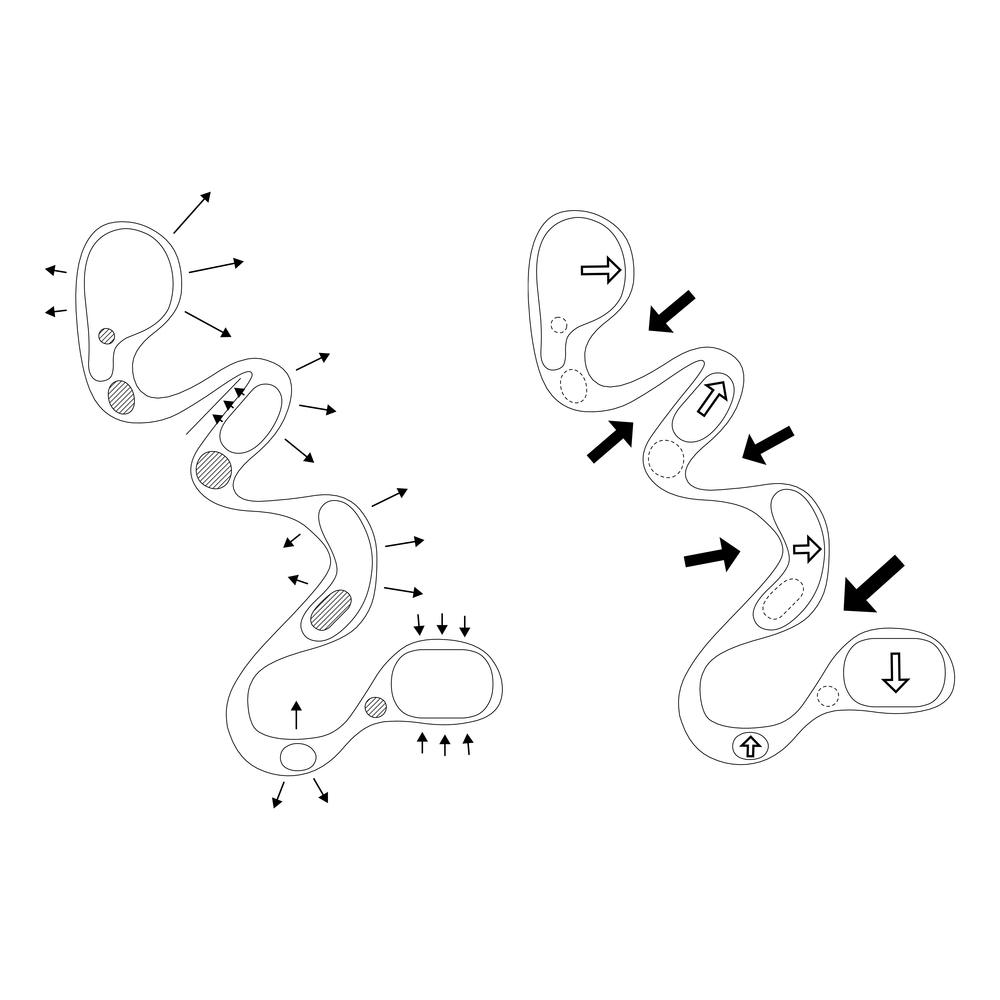
Views of the surrounding landscape are important to this building, especially the views to and from other parts of the pavilion. The design is careful to bring different views in each of the programmatic elements. Beginning in the sloped auditorium, visitors look out into the expansive landscape, and after walking through the library, dining room, and tea room, you end in the gymnasium where the glass windows act as clerestories allowing light to enter, and the final view is seen. The conditions in each space are elaborated to provide a different experience in each room. “Deep cut and shallow cut, open condition versus closed condition, steep hill versus rolling hill, symmetry versus asymmetry, and pavilion versus walkway.”
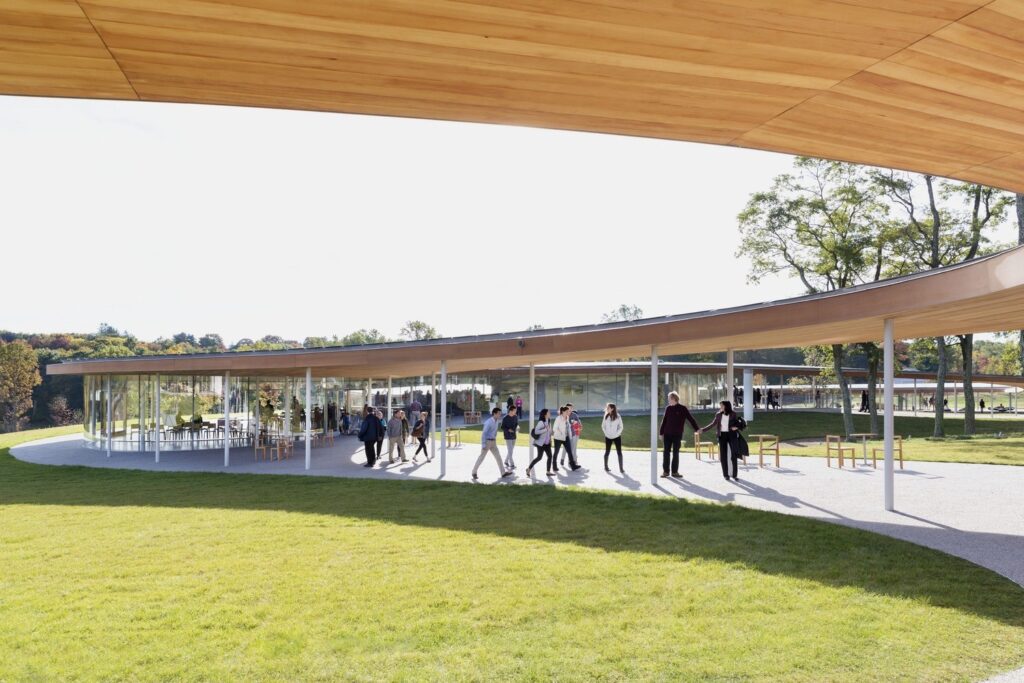
It’s important to note that these layers of observation aren’t meant to be duplicated to create another project that feels like a collage of several design translations into one, but it’s important to learn that a way of looking can translate into a way of making. This is critical when understanding, translating, and designing ideas that are centered on architectural ideas. These understandings of patterns and gestures aren’t just identifiable in these two projects but in almost any building. Everywhere you look, you might be able to find that there are elements and relationships like those in the Venturi House or Grace Farms, not necessarily in how they look or how they perform in their programmatic functions, but how they are intelligently designed with an array of architectural elements, relationships, and/or methods.